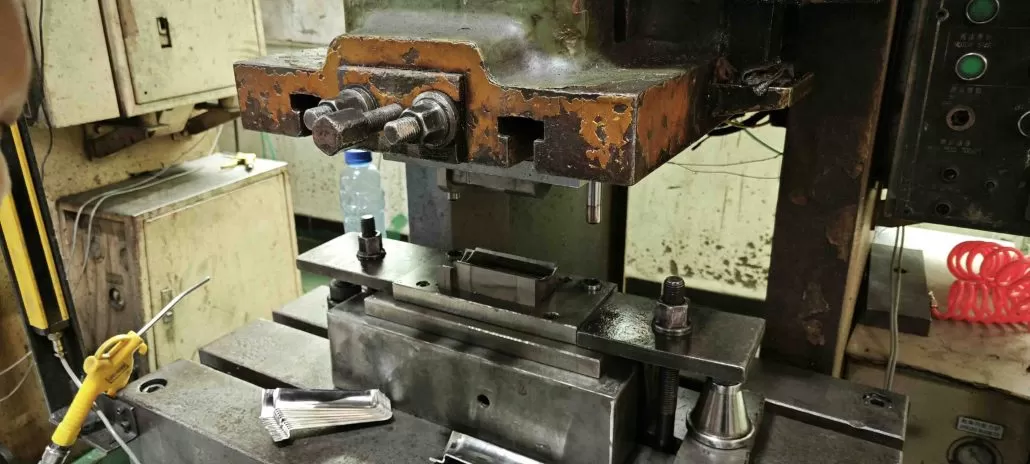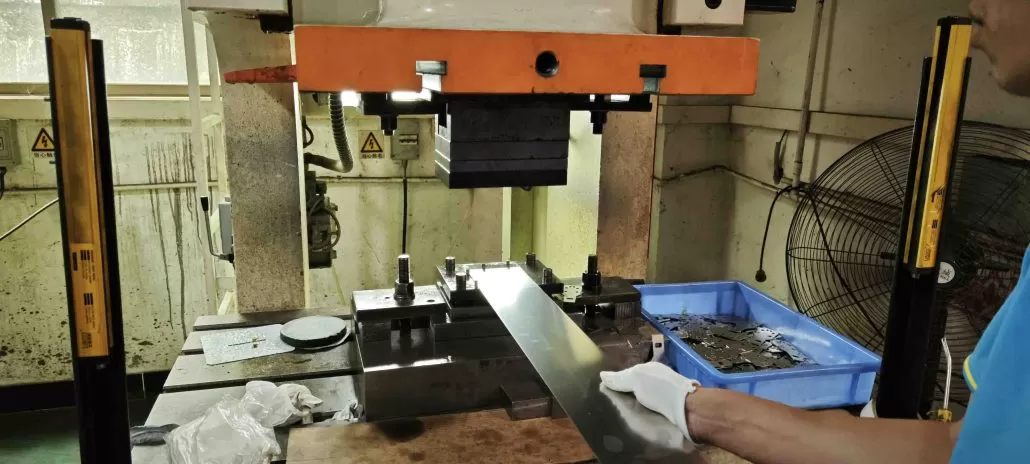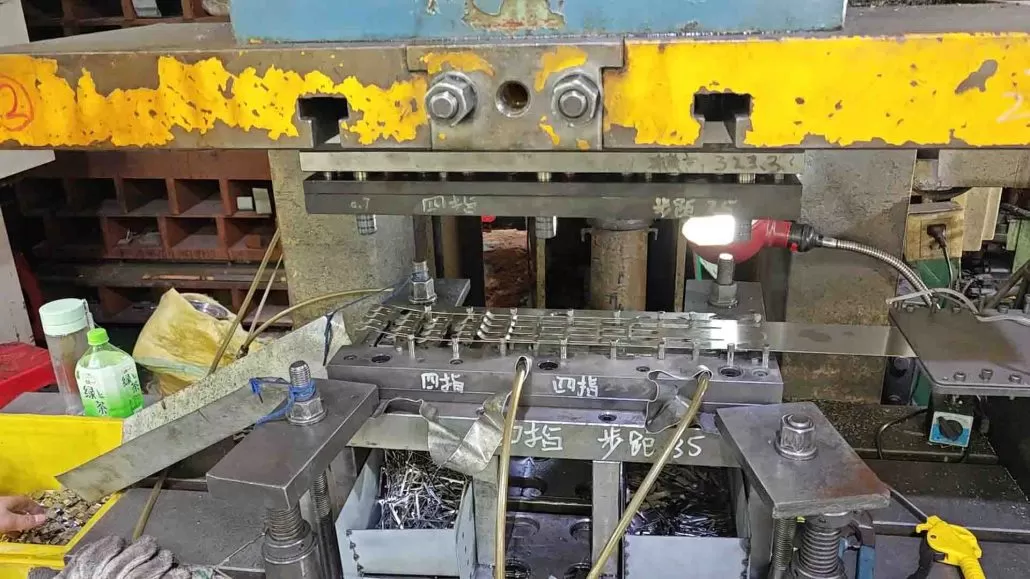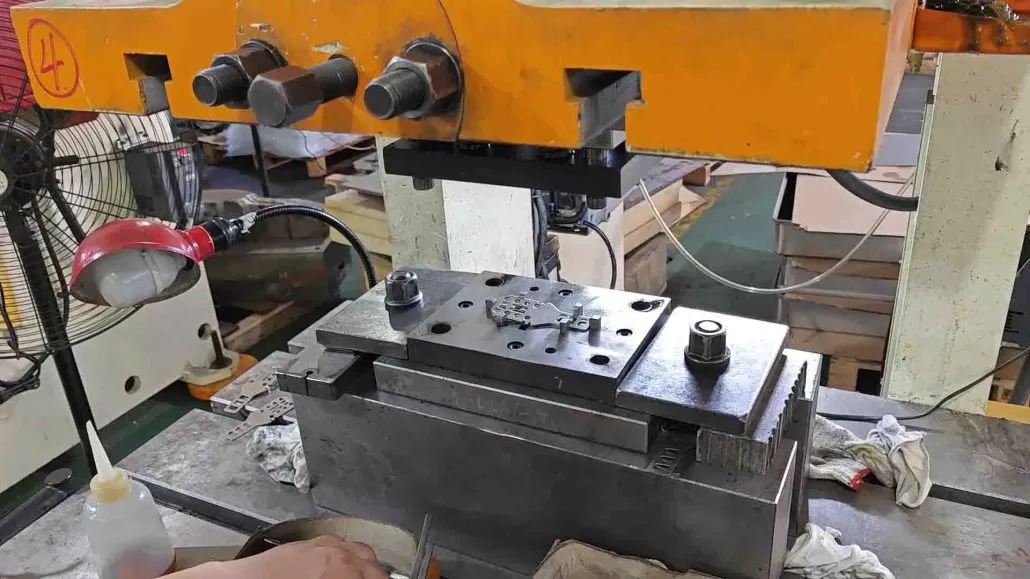If you’re in the business of manufacturing metal parts, you know that metal stamping dies are an essential part of the process. These dies are used to shape and cut metal into the desired shape, and they’re critical to ensuring that your production runs smoothly and efficiently.
But how do you make metal stamping dies? In this article, we’ll take a look at the process and give you some tips on how to create high-quality dies that will stand the test of time.
How to Make Metal Stamping Dies
Step 1: Design Your Die
Before you can start making your die, you need to create a design. This will involve using computer-aided design (CAD) software to create a 3D model of the die. This will allow you to see exactly how the die will look and how it will fit into your production process.
Step 2: Choose Your Materials
Once you have your design, you need to choose the right materials for your die. The most common materials for stamping dies are tool steel, carbide, and ceramic. Each material has its own advantages and disadvantages, so it’s important to choose the one that’s best for your specific application.

Step 3: Cut and Shape Your Materials
Once you have your materials, you’ll need to cut and shape them according to your design. This will involve using a variety of tools, including lathes, mills, and grinders. It’s important to take your time and be precise during this step, as any mistakes can result in a faulty die.
Step 4: Heat Treat Your Die
After you’ve cut and shaped your materials, you’ll need to heat treat your die. This involves heating it to a high temperature and then cooling it rapidly. This process will harden the metal and make it more durable and resistant to wear and tear.
Step 5: Finish Your Die
Finally, you’ll need to finish your die. This will involve polishing and grinding the surface to ensure that it’s smooth and free of any imperfections. You may also need to add any necessary features or markings to the die at this point.
By following these steps, you can create high-quality metal stamping dies that will last for years to come. Of course, the process can be complex and time-consuming, so it’s important to work with a reputable manufacturer who has experience in creating these types of dies.
At [Longsheng Technology], we specialize in creating custom metal stamping dies for a wide variety of applications. Our team of experts has the knowledge and experience to design and manufacture dies that meet your specific needs, and we use only the highest-quality materials and manufacturing techniques to ensure that our dies are built to last.
If you’re looking for high-quality metal stamping dies, look no further than [Longsheng Technology]. Contact us today to learn more about our services and how we can help you improve your production process.
What Material For Stamping Dies
When it comes to stamping dies, choosing the right material is crucial for achieving optimal results. The material you choose will impact the quality, durability, and cost of your stamping dies. In this article, we’ll explore some of the most common materials used for stamping dies and their pros and cons.
- Steel
Steel is the most commonly used material for stamping dies. It is known for its strength, durability, and resistance to wear and tear. There are several types of steel that can be used for stamping dies, including tool steel, high-speed steel, and carbon steel. Tool steel is the most popular choice due to its superior hardness and toughness. High-speed steel is ideal for high-volume stamping operations, while carbon steel is a more affordable option.
Pros:
- High strength and durability
- Resistant to wear and tear
- Suitable for a wide range of applications
Cons:
- Higher cost compared to other materials
- Requires specialized equipment for processing
- Carbide
Carbide is a composite material made of tungsten carbide particles and a metallic binder. It is known for its exceptional hardness and wear resistance, making it an ideal choice for stamping dies that require high precision and accuracy. Carbide can be used for both small and large production runs.

Pros:
- Extremely hard and wear-resistant
- Excellent precision and accuracy
- Ideal for high-volume production
Cons:
- Higher cost compared to other materials
- Brittle and sensitive to impact
- Ceramic
Ceramic is a non-metallic material made of inorganic compounds. It is known for its high strength, hardness, and resistance to heat and corrosion. Ceramic stamping dies are ideal for high-temperature applications and can withstand extreme pressure and wear.
Pros:
- High strength and hardness
- Resistant to heat and corrosion
- Ideal for high-temperature applications
Cons:
- Brittle and sensitive to impact
- Higher cost compared to other materials
- Aluminum
Aluminum is a lightweight and affordable material that is commonly used for low-volume stamping operations. It is a softer material compared to steel and carbide, making it ideal for stamping materials that are more delicate.
Pros:
- Lightweight and affordable
- Suitable for low-volume stamping operations
- Ideal for delicate materials
Cons:
- Less durable compared to other materials
- Not suitable for high-volume production
In conclusion, the material you choose for your stamping dies will depend on your specific needs and requirements. Steel is the most popular choice due to its strength and durability, while carbide and ceramic are ideal for high-precision and high-temperature applications. Aluminum is a more affordable option for low-volume stamping operations.
At [Longsheng Technology], we offer a wide range of stamping dies made from high-quality materials that guarantee optimal performance and durability. Contact us today to learn more about our products and services.

How do You Make Metal Stamping
Metal stamping is a manufacturing process that involves using a die to cut and shape metal into specific forms. It is a popular method used in the production of automotive parts, electronic components, and household appliances, among others. If you are interested in learning how to make metal stamping, here are the steps you need to follow:
Step 1: Design the Stamp
The first step in making metal stamping is designing the stamp. You need to create a blueprint of the part you want to create, including its dimensions and specifications. This design will serve as a guide for the stamp-making process.
Step 2: Make the Die
Once you have the stamp design, you need to create the die. The die is a metal block that has the negative shape of the stamp. It is made from materials such as steel, brass, or aluminum. The die is created using a combination of CNC machining and hand finishing techniques.
Step 3: Prepare the Metal
The metal that will be used in the stamping process needs to be prepared. This involves cutting it into the appropriate size and shape and cleaning it to remove any dirt or debris.
Step 4: Set up the Press
The metal stamping process requires a press that will apply pressure to the metal and the die. The press needs to be set up and calibrated to ensure that it applies the right amount of pressure.
Step 5: Stamp the Metal
Once everything is set up, it’s time to start stamping the metal. The metal is placed between the die and the press, and pressure is applied. The metal is then cut and shaped to the specifications of the stamp design.
Step 6: Finishing
After the metal stamping process is complete, the finished part needs to be finished. This can include cleaning, painting, or polishing the part to give it the desired appearance.
In conclusion, metal stamping is a complex process that requires skill and precision. By following the steps outlined in this article, you can learn how to make metal stamping and create high-quality parts for your business. If you are interested in learning more about metal stamping or need metal stamping services, contact a reputable metal stamping company today.

What are the Components of a Metal Stamping Die
Metal stamping is a process that involves using a die to shape metal into the desired form. A metal stamping die is a tool that is used to cut, shape, and form metal into the desired shape. It is made up of several components that work together to create a precise and accurate cut.
The components of a metal stamping die include:
- Die Block: The die block is the base of the stamping die. It is usually made of steel and provides the support for the other components of the die.
- Punch: The punch is the component that makes contact with the metal and cuts or shapes it. It is usually made of hardened steel and is designed to fit precisely into the die block.
- Die Shoe: The die shoe is the component that holds the punch in place. It is also made of steel and is designed to provide support for the punch during the stamping process.
- Stripper Plate: The stripper plate is a component that is used to remove the metal from the punch after it has been cut or shaped. It is designed to hold the metal in place while the punch is released.
- Guide Pins: Guide pins are used to align the punch and die shoe during the stamping process. They ensure that the punch and die shoe are properly aligned, which helps to prevent errors and ensure accuracy.
- Springs: Springs are used to provide the necessary force to the punch during the stamping process. They help to ensure that the punch cuts or shapes the metal with the desired level of precision.
In addition to these components, there may be other components that are used for specific applications. For example, a blanking die may include a stripper plate that is designed to hold the metal in place while the punch cuts it.
In conclusion, a metal stamping die is a complex tool that is made up of several components that work together to create a precise and accurate cut. Understanding the components of a metal stamping die is essential for anyone who is involved in the metal stamping process. With the right components and careful attention to detail, metal stamping can be a highly effective and efficient way to create high-quality metal parts.

